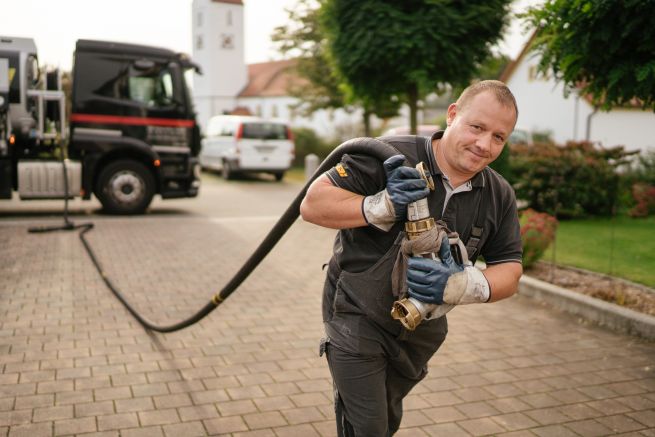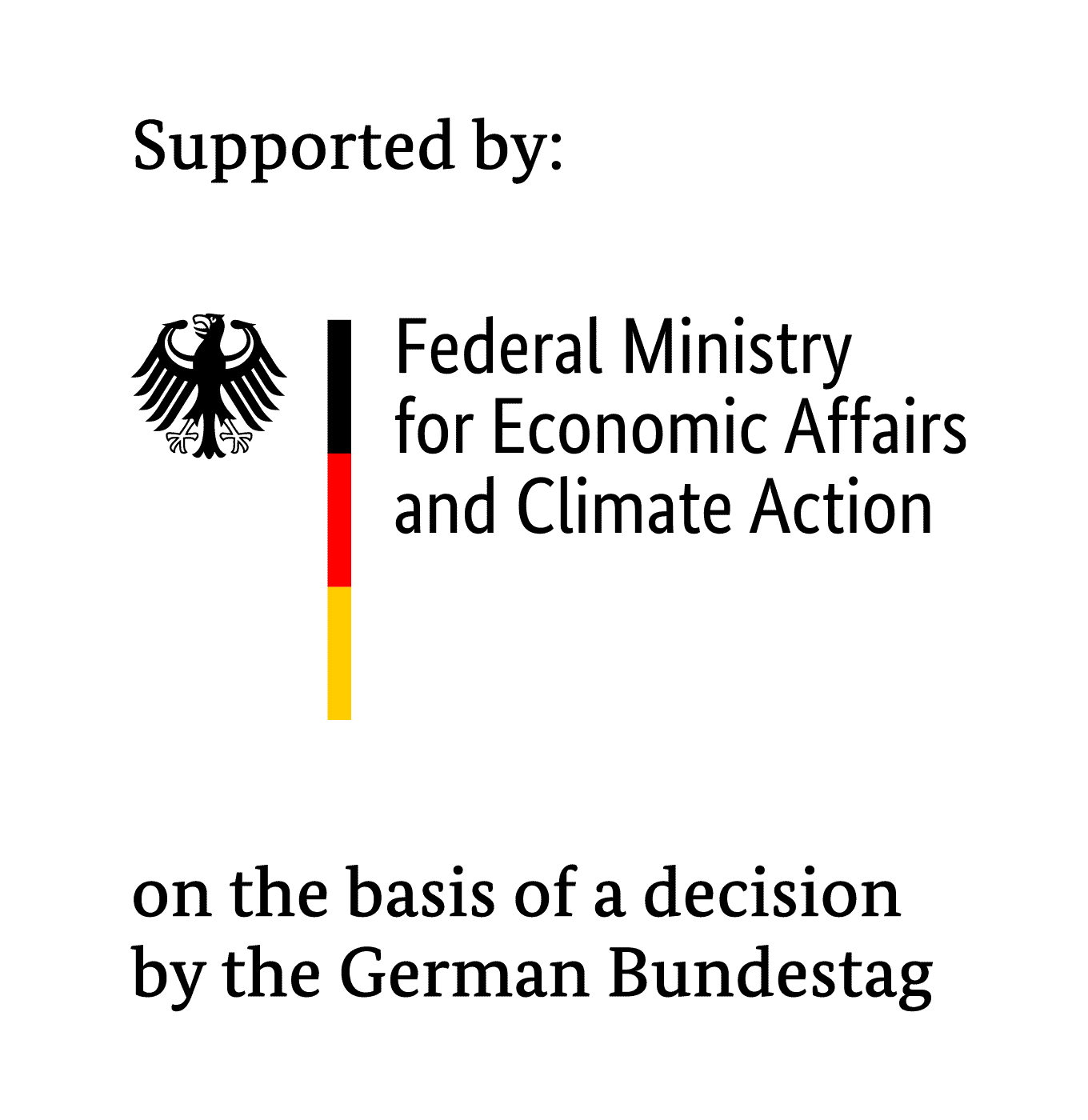Investigation of compatibility with mineral oil residues in heating oil tanks
30 November 2022 – For owners of oil heating systems who want to contribute to climate protection with renewable energies, greenhouse gas-reduced paraffinic heating oils are an option in addition to the integration of solar energy. But can a fresh, purely paraffinic heating oil be refueled on top of a residual quantity of mineral oil-based heating oil that has been stored for years? This question could be asked in the future by oil heating owners and heating oil distributors if the draft of DIN 51603-8 for paraffinic fuels comes into force. It would then be possible to refuel consumer heating oil systems with 100% paraffinic heating oil. At present, due to the lower density of paraffines, it is possible up to about 25 %, depending on the fuel oil quality.

In the future, it should be possible to fill heating oil tanks containing residual quantities of mineral oil with fresh paraffinic heating oils without risk. Photo: en2x
To answer this question, OWI Science for Fuels gGmbH and the Max Planck Institute for Coal Research (MPI) want to conduct a preventative study to find out whether undesirable interactions can occur between aged conventional and new paraffinic heating oils and, if so, how they could be prevented.
Greenhouse gas-reduced paraffinic heating oils can be produced both from natural oils and fats by hydrogenation and synthetically from – for example, electricity-based – carbon-hydrogen mixtures via Fischer-Tropsch synthesis and are already available on the market as HVO (Hydrogenated Vegetable Oil) and GTL (Gas-to-Liquid). The properties of paraffinic fuels are so similar to those of heating oils that they can be used in existing oil-fired heating systems with minor technical modifications. The long-term storage stability of paraffinic heating oil is even better than that of mineral oil-based heating oil.
Heating oil is stored for months and sometimes years in heating oil tanks and is subject to natural aging over time. In the process, its chemical composition changes and aging products are formed. When a paraffinic fuel oil is refueled on top of a residual fuel oil containing mineral oil, the result is a mixture from which, theoretically, the aging products could precipitate more easily in the form of sediments. During heating operation, for example, the fuel pump could then suck in the aging products along with the fuel, which could then enter the prefilter of the heating system and clog it. The interactions and underlying processes in the long-term behavior and possible countermeasures, such as suitable additivation of the fuel, are the subject of the investigation by OWI and MPI. The two research institutes intend to proceed with fuel analysis and application technology procedures and, if necessary, to develop new or further methods.
The IGF project 22555 N of the research association DGMK German Society for Sustainable Energy Carriers, Mobility and Carbon Cycles e.V.– DGMK, Große Elbstraße 131, 22767 Hamburg, was funded through the AiF as part of the program for promoting joint industrial research (IGF) by the German Federal Ministry for Economic Affairs and Climate Action based on a German Federal Parliament resolution.






